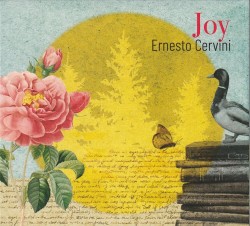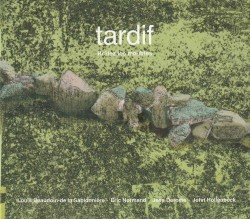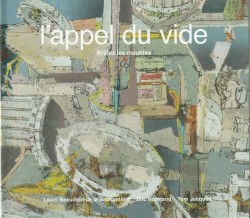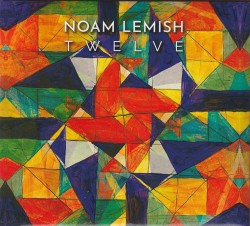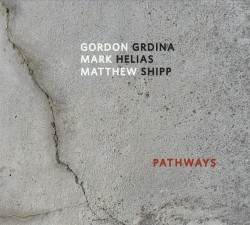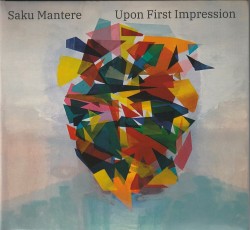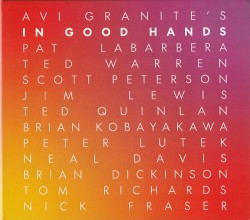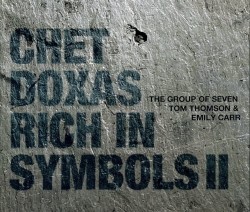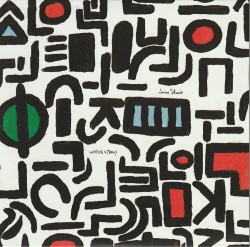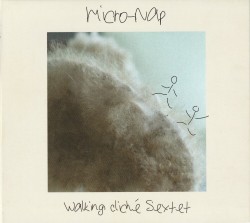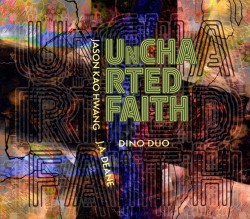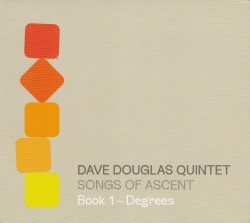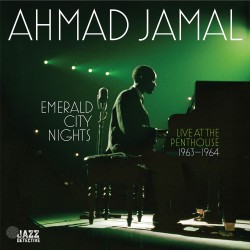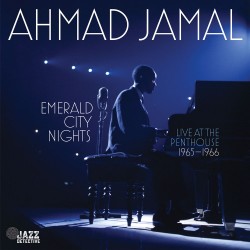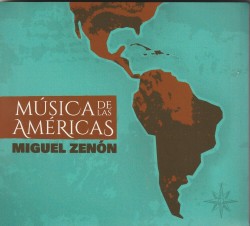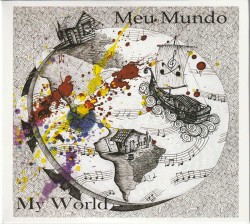From the Pen of… Fraser MacPherson (with lyrics by Joani Taylor) - Various Artists
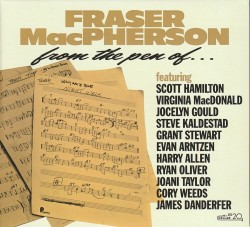 From the Pen of… Fraser MacPherson (with lyrics by Joani Taylor)
From the Pen of… Fraser MacPherson (with lyrics by Joani Taylor)
Various Artists
Cellar Music CMFM002 (cellarlive.com)
Toronto may have a reputation for being the Mecca of Canadian music, but there is ample evidence to suggest that Vancouver might actually have as much (if not more) to offer as hockey-crazy Toronto. You have only to recall the late but still ubiquitous musicians such as Hugh Fraser, Ross Taggart and Fraser MacPherson to remember that musical Vancouver was a musical city nonpareil.
Cory Weeds, the Cellar Music supremo is almost alone in gently reminding us that Macpherson is also deserving of a different kind of attention due to his prodigious compositions. From the pen of… Fraser MacPherson pays homage to that side of a musician we might recall as just a saxophonist. MacPherson was not really a prolific composer. Yet if the 11 compositions we have on this disc are any indication then clearly Macpherson is much more deserving as acomposer than is generally credited.
The eloquent bellow of Scott Hamilton’s tenor or the luscious glide of Harry Allen’s saxophone on Night Spot and Waltz for Willi respectively and Bernie Senensky, Neil Swainson and Terry Clarke playing on Our Blues clearly mark this as a masterful disc. It is also the liquid virtuosity of clarinettist Virginia MacDonald (Queen’s Pawn), the volcanic heat of Jocelyn Gould’s guitar and voice (It’s a Human Race), Joani Taylor’s questing vocals (For Your Love) and James Danderfer’s elegantly growling bass clarinet (Theme) that add to the enormous allure of this disc.


